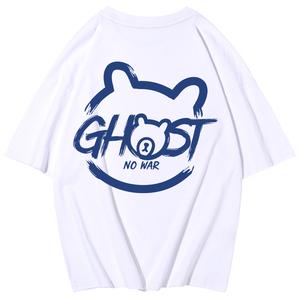Common clothing processing methods include the following:
1. Sewing: Sewing is the most basic and common clothing processing method. It involves sewing the individual fabric pieces together using a sewing machine or by hand to complete the assembly of the garment. Sewing involves different sewing threads, stitches and techniques, which can achieve various functions such as straight stitching, curved stitching, hemming, inserting zippers, and fixing buttons.
2. Ironing: Ironing is the process of ironing and shaping clothing. Using tools such as high-temperature irons and ironing machines with large amounts of steam, you can eliminate wrinkles on the fabric, make the fabric texture smoother, and restore the original shape of the garment. Ironing also includes special processing of collars, cuffs, trouser legs and other details to enhance the overall appearance and texture.
3. Printing: Printing is a process of printing patterns or patterns on clothing fabrics. Common printing methods include screen printing, heat transfer printing, digital printing, etc. By choosing appropriate printing materials and techniques, clothing can be given unique visual effects and personalized features.
4. Embroidery: Embroidery is an embroidery process using needle and thread on fabric. It can add three-dimensionality and decoration to clothing through various stitching methods, thread materials and colors. Common embroidery methods include hand embroidery, mechanical embroidery, and electronic embroidery technology that has emerged in recent years.
5. Cold pasting and hot pasting: Cold pasting and hot pasting are a processing method of bonding hot melt adhesive or cold adhesive stickers to clothing. . This method can be used to add branding, logos, wordmarks, etc. Cold lamination is suitable for soft fabrics and requires the use of a pressure laminating machine for fixation; hot lamination is suitable for harder fabrics and requires the use of a thermal platform for heating and lamination.
6. Cutting and cutting improvement: Cutting is the process of cutting fabric into the required shape and size based on the design pattern. Cutting improvement is to make partial modifications based on cutting based on design requirements, such as adjusting the length of sleeves, changing the shape of the neckline, etc., to meet the requirements of the designer or customer.
The above are common clothing processing methods. Each method has its own unique characteristics and requirements. You can choose the appropriate processing method according to the design needs and fabric characteristics. to achieve the desired effect.





